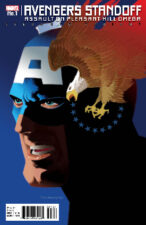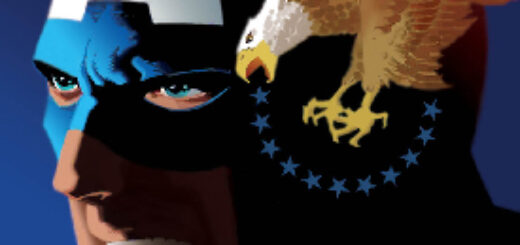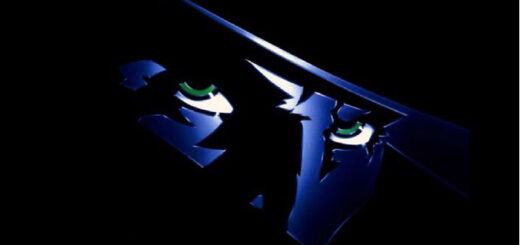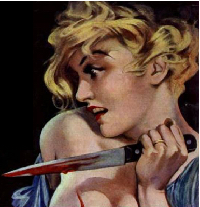Mike Gold, Unabashed Fanboy

 Here’s why I conflate legendary bluesman Robert Johnson with legendary cartoonist/illustrator Jim Steranko.
Here’s why I conflate legendary bluesman Robert Johnson with legendary cartoonist/illustrator Jim Steranko.
Johnson took American roots music and molded it into The Blues. Brilliantly, I might add, having composed and recorded such classics as “Sweet Home Chicago,” “Terraplane Blues,” “Hellhound on My Trail,” “Love in Vain” and “Cross Road Blues,” a.k.a. “Crossroads.” In all, he produced only 29 tracks, every one between 1929 and 1938
Steranko took the comic art form and broke all the barriers, reinventing and reenergizing comics storytelling and design. He did so with equal brilliance, having produced such award-winning and virtually always-in-print features as Nick Fury Agent of S.H.I.E.L.D., Captain America, The X-Men, Superman, the graphic novel Chandler: Red Tide, and Heavy Metal’s adaptation of the movie Outland. The bulk of this work was published between 1965 and 1976, but by then Steranko had pretty much moved on to painting and doing posters and conceptual art for movies – one being something called Raiders of the Lost Ark. He also wrote, designed and published the two-volume History of Comics, which has remained the seminal history of the medium.

 Both gentlemen had a lot more on their plate – Jim, having lived at least two and one-half times longer than Robert, has the heavier plate. But in terms of their most popular, best-known and quite frankly most astonishing work, both creators had a pretty damn small oeuvre.
Both gentlemen had a lot more on their plate – Jim, having lived at least two and one-half times longer than Robert, has the heavier plate. But in terms of their most popular, best-known and quite frankly most astonishing work, both creators had a pretty damn small oeuvre.
Way too small … but with the impact of the Big Bang. Yeah, I’m a fanboy. Wanna make something of it?
From time to time Jim does a few comics covers and posters and, at 77 years old (no, he doesn’t look it), he’s still smashing barriers. For example, he just completed a series of variant covers for Marvel Comics in celebration of Captain America’s 75th birthday. That’s the stuff you see accompanying these words – well, four of them.
We throw around the phrase “genius” as though they were a dime a dozen. They aren’t. Robert Johnson and Jim Steranko are among the very few who have graced their media and our hearts. They gave us their souls and a quantity of work that seems miniscule – until you sit down to appreciate it. Then and only then does that “limited” amount of art seem larger than Denali.













